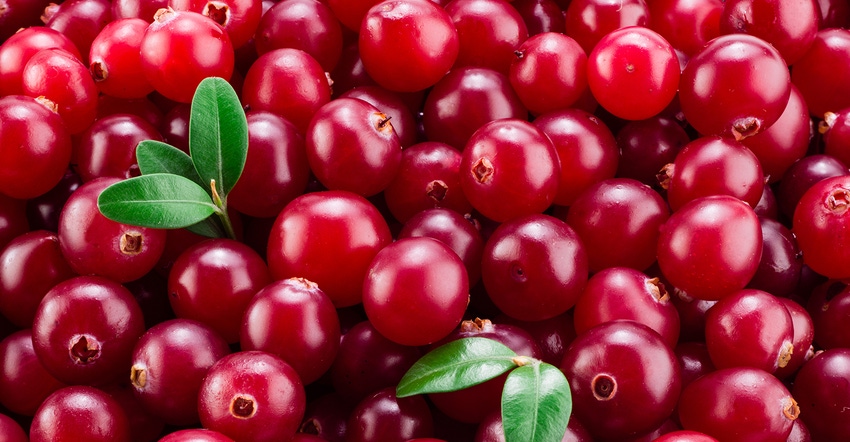July 21, 2017

Editor’s note: As Alice in Dairyland, Crystal Siemers-Peterman will be writing a column throughout the year about the state’s agriculture industry for the Wisconsin Agriculturist. Here is her first column.
By Crystal Siemers-Peterman
Hello agriculture enthusiasts!
I’m Wisconsin’s 70th Alice in Dairyland. Growing up in Cleveland in Manitowoc County, I’m proud to be the sixth generation on my family’s dairy and crop farm. This summer has been a great introduction for me to learn about Wisconsin’s diverse agriculture industry. From ginseng to goats and from cows to cranberries, I have the privilege of learning about various crops and products each and every day.
State fruit
In fifth grade I remember studying for a test that quizzed us on our knowledge of Wisconsin’s state symbols. The list of Wisconsin’s official symbols is long, and I struggled to memorize the entire list. Knowing that using flashcards helped me memorize dairy bowl facts, I decided to also make flashcards to study for the test. I made a lot of flashcards, and one of them included our state fruit: the cranberry. In 2003, Wisconsin designated the cranberry as the official state fruit. This was the result of a class project of fifth-grade students from Trevor Grade School in Kenosha County.
Cranberries have quite the reputation in Wisconsin, as it is the No. 1 fruit crop both in size and economic value. Our great state grows 64% of the nation’s crop, making Wisconsin the top cranberry-producing state in the nation. Produced by roughly 250 farmers, cranberries are grown on 21,100 acres across 20 Wisconsin counties.
Our state has a rich history of providing a safe, wholesome and secure food supply for your family, the nation and the world. Cranberries also have a rich history that dates back to the first Thanksgiving in 1621. Cranberries were on the menu just like they are today. The Native Americans used cranberries for food and various medicines and as a beautiful dye. Although we might not use cranberries to treat the common cold, they are making a big splash in many other ways.
Cranberries pack a punch when it comes to supporting Wisconsin’s diverse agriculture portfolio, but also this little red berry is making a big impact globally. Wisconsin leads the nation in the export of prepared and preserved cranberries. Traveling across the world, you will find cranberry tea in China, cranberry chutney in India and spicy cranberry salsa in Mexico.
Not only do cranberries offer a delicious and unique flavor, but this special berry also offers a low-calorie, high-vitamin and high-mineral fruit with great fiber content. These traits are important in today’s health-conscious society. The popularity of cranberries is increasing as we discover just how versatile this tangy, tart and delicious little red berry is. Wisconsin’s native fruit continues to be cultivated and integrated into new food creations that excite people’s taste buds.
I can hardly contain my excitement knowing I will be able to wade in a cranberry bog and meet many Wisconsin cranberry farmers once September rolls around. Until then, I will continue to make myself flashcards so I can learn and retain more facts about Wisconsin agriculture.
Siemers-Peterman is the 70th Alice in Dairyland.
You May Also Like




